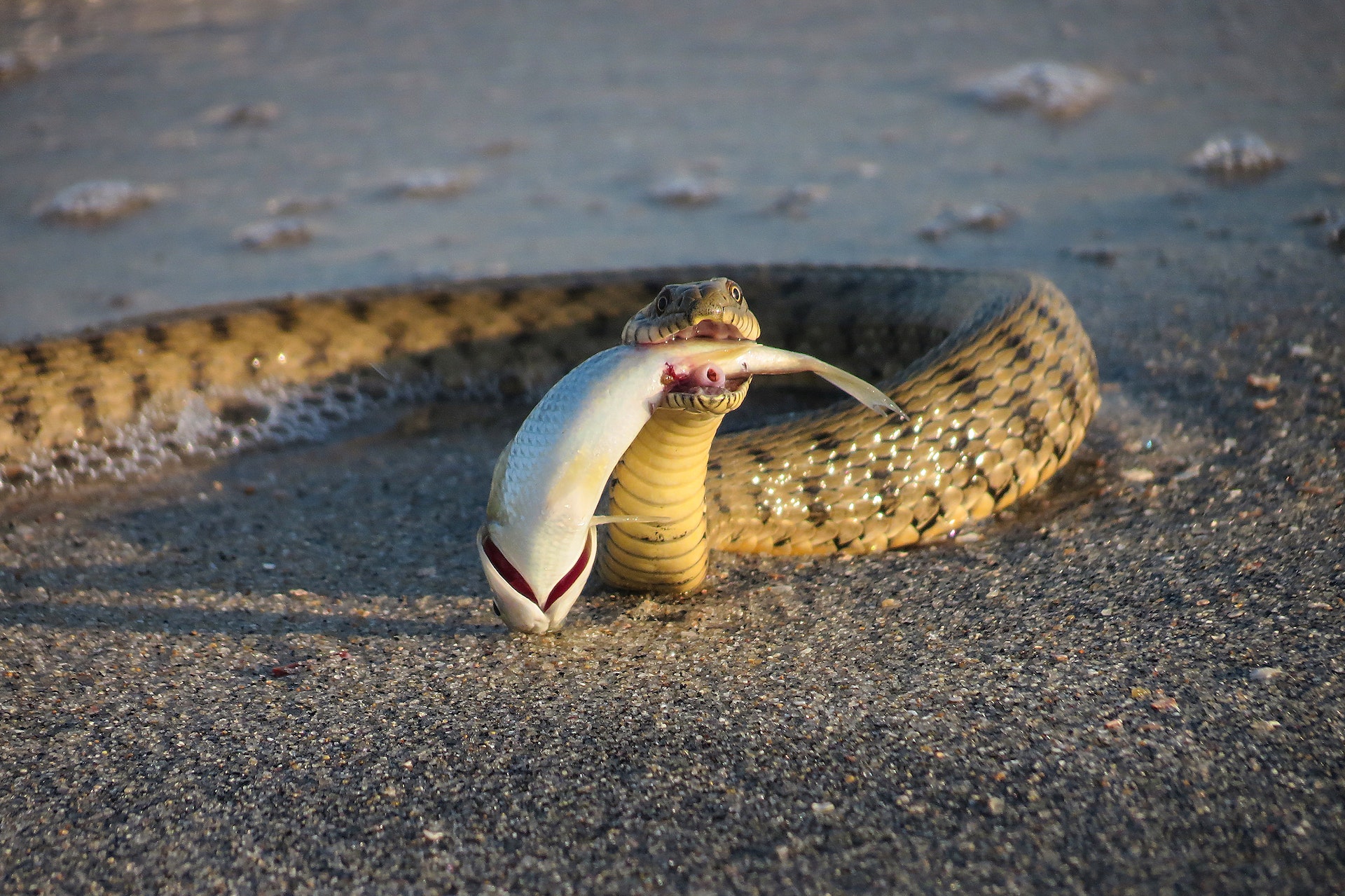The Longest Snake Fasts: How Different Species Survive Without Food?

Snakes are fascinating creatures that have evolved several adaptations to survive in a variety of environments. One of their most impressive abilities is their ability to go extended periods without food. While many animals would perish without a regular source of nutrients, snakes can slow down their metabolism and conserve energy to survive until they’re able to find food again.
In this article, we’ll explore the longest recorded fasts by different snake species and the adaptations that allow them to survive without food for such extended periods.
Burmese Python: Up to 6 Months
The Burmese python is one of the largest species of snakes in the world, with individuals reaching lengths of up to 23 feet. These snakes are native to Southeast Asia, where they inhabit a variety of environments, from grasslands to forests.
One of the most impressive adaptations of the Burmese python is its ability to fast for extended periods without food. In the wild, these snakes have been known to go up to 6 months without eating.
The ability of the Burmese python to fast for such extended periods is due in part to its ability to regulate its metabolism. When a Burmese python is fasting, its metabolic rate slows down, allowing it to conserve energy.
The snake’s digestive system also slows down, which means that it can survive without food for longer periods. In addition, Burmese pythons can store fat in their bodies, which can be used as energy during periods of food scarcity.
African Rock Python: Up to 6 Months
The African rock python is another large species of snake that can survive for extended periods without food. These snakes are native to sub-Saharan Africa, where they inhabit a variety of habitats, from savannas to forests.
Like the Burmese python, the African rock python can slow down its metabolism and conserve energy when it’s not able to find food. In the wild, these snakes have been known to go up to 6 months without eating.
One of the adaptations that allow the African rock python to survive for such extended periods without food is its ability to regulate its body temperature. These snakes can move to different locations to regulate their body temperature, which allows them to conserve energy. Like other species of snakes, African rock pythons are also able to store fat in their bodies, which can be used as energy during periods of food scarcity.
Anaconda: Up to 6 Months
The anaconda is a large species of snake that is native to South America. These snakes are known for their impressive size and strength, with some individuals reaching lengths of up to 30 feet. Like other species of snakes, anacondas can survive for extended periods without food. In the wild, these snakes have been known to go up to 6 months without eating.
One of the adaptations that allow anacondas to survive without food for such extended periods is their ability to slow down their metabolism. When an anaconda is fasting, its metabolic rate slows down, allowing it to conserve energy. These snakes are also able to store fat in their bodies, which can be used as energy during periods of food scarcity.
King Cobra: Up to 3 Months
The king cobra is a venomous species of snake that is native to Asia. These snakes are known for their impressive size and deadly venom, which can cause paralysis and death in humans.
Like other species of snakes, king cobras can survive for extended periods without food. In the wild, these snakes have been known to go up to 3 months without eating.
One of the adaptations that allow king cobras to survive without food for such extended periods is their ability to slow down their metabolism. When a king cobra is fasting, its metabolic rate slows down, allowing it to conserve energy. These snakes are also able to store fat in their bodies, which can be used as energy during periods of food scarcity.
Rattlesnake: Up to 2 Years
The rattlesnake is a venomous species of snake that is native to the Americas. These snakes are known for their distinctive rattle, which they use to warn predators and prey.
Like other species of snakes, rattlesnakes can survive for extended periods without food. In the wild, these snakes have been known to go up to 2 years without eating.
One of the adaptations that allow rattlesnakes to surviving without food for such extended periods is their ability to slow down their metabolism. When a rattlesnake is fasting, its metabolic rate slows down, allowing it to conserve energy. These snakes are also able to store fat in their bodies, which can be used as energy during periods of food scarcity.
And, finally, to conclude.
Snakes are impressive creatures that have evolved several adaptations to survive in a variety of environments. One of their most impressive abilities is their ability to survive for extended periods without food.
The longest recorded fasts by different snake species demonstrate the incredible adaptations that these animals have developed to survive in the wild. From slowing down their metabolism to storing fat in their bodies, snakes can conserve energy and survive without food for weeks or even months at a time.





